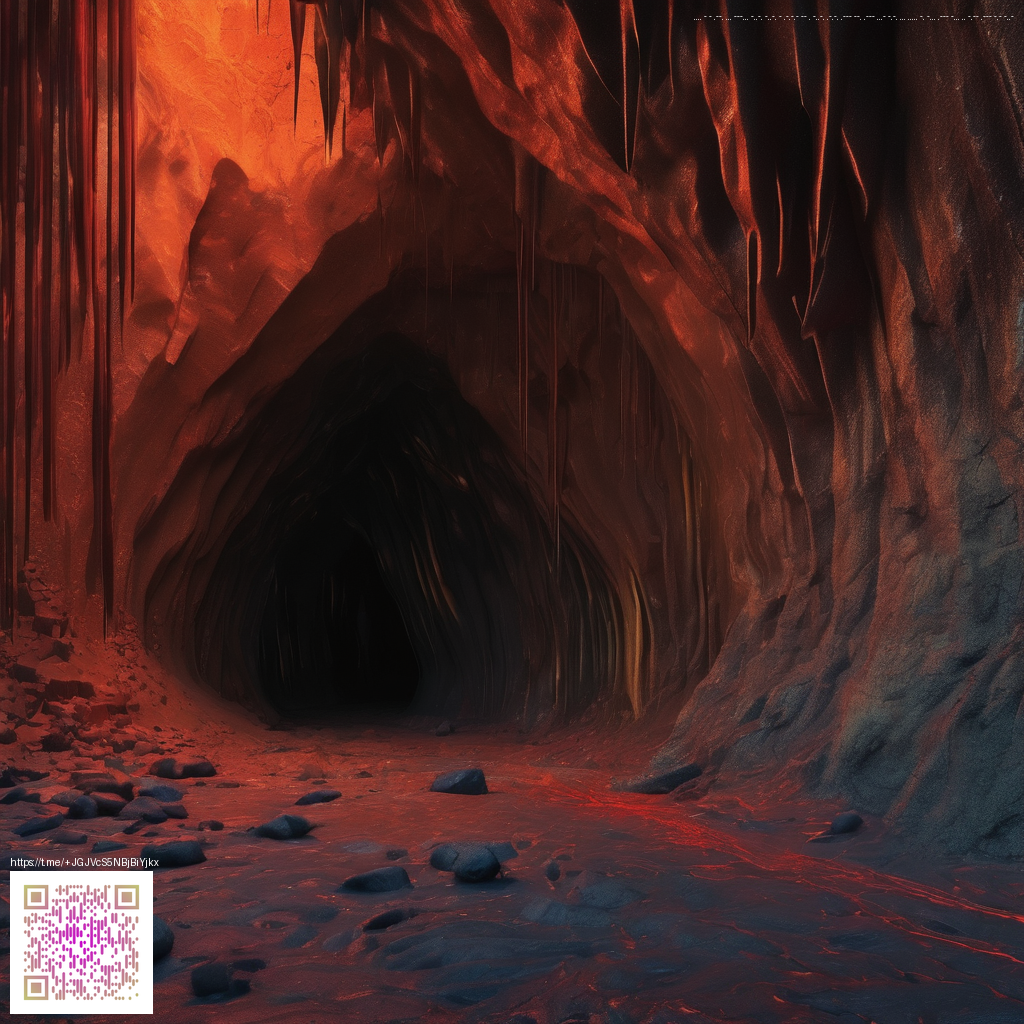Pillars of Eternity vs Divinity Original Sin II: RPG Showdown
Two giants of modern isometric RPG design face off in a clash that’s less about who tells a bigger tale and more about how you want to tell it. Pillars of Eternity, from Obsidian Entertainment, harks back to the spirit of classic CRPGs with a dense, lore-rich world and methodical systems. Divinity: Original Sin II, from Larian Studios, leans into freedom, playful experimentation, and an improvisational sandbox where almost any chaos can become a memorable moment. If you crave a deep, story-forward experience, both games deliver, but they pace the journey in strikingly different ways.
In RPGs, your choices shape the world as much as your actions do.
World-building and narrative approach
Pillars of Eternity presents a planet steeped in history and consequence. Its narrative tradition echoes classic isometric adventures, inviting longevity through lore, companions with personal arcs, and a world that has rules you feel compelled to learn. The visuals—retro-inspired isometric vistas—support a mood of quiet gravitas, where decisions ripple through politically charged towns and ancient ruins alike.
Divinity Original Sin II takes a different route. It champions a vibrant, often irreverent tone, and an environment designed for player agency. Quests bend to your choices, dialogue can flip on a witty remark, and the world itself rewards experimentation—whether that means combining fire with oil to create a dangerous explosion or steering party dynamics toward unexpected alliances. The result is a living playground where humor, chaos, and clever planning coexist.
Combat and systems
Pillars of Eternity leans into real-time with pause, a familiar rhythm for fans of classic CRPGs. You navigate a crowded scene, pause to assign talents, and choreograph spells and attacks with careful timing. This cadence rewards restraint, position, and long-term planning, especially as you juggle multiple party members who all carry unique mechanics and backstories.
Divinity Original Sin II embraces a tactical, turn-based framework that shines when you think several steps ahead. Combat emphasizes positioning, elemental interactions, and synergy between skills—your party becomes a chemistry set as you experiment with status effects, environmental triggers, and clever flanking maneuvers. The tempo is brisk for RPG fans who like to blueprint their success but still relish the moment-to-moment creativity of a well-timed chain of abilities.
Character progression and party dynamics
Pillars of Eternity offers a more grounded progression system with distinct origins and a party roster that reflects a traditional party dynamic. Each companion feels like a living facet of the world’s history, pushing your party toward meaningfully different paths based on who you choose to travel with and which alignments you embrace. The result is a measured, story-driven arc where character decisions shape world reactions in a consistent, if sometimes stoic, manner.
Divinity Original Sin II flips the script with bold, flexible storytelling. Its characters are colorful, their dialogue often playful, and your choices can reshape relationships in dramatic ways. Party composition becomes a sandbox of possibilities: you can mold roles, experiment with unconventional pairings, and discover emergent stories that spring from the interactions between party members and the world around you. This openness invites experimentation, even if it occasionally invites riskier tactical gambits.
Player agency, pacing, and accessibility
For marathon sessions, the pacing in Pillars of Eternity supports patience and immersion. Players who enjoy meticulous world exploration and a steady, deliberate plot progression will feel at home here. Divinity Original Sin II, by contrast, rewards quick thinking and improvisation. Its accessibility is enhanced by a more modern UI, helpful tutorials, and a design that nudges you toward experimentation rather than strict adherence to a preset path.
- Depth vs. freedom: PoE’s lore-dense, historically rooted world versus Divinity II’s flexible, player-driven sandbox.
- Combat tempo: pause-driven real-time strategy vs. tactical, turn-based planning.
- Character chemistry: strong origin-based storytelling vs. adaptable companion dynamics.
During long sessions, small comforts can sharpen your focus. A Vegan Leather Mouse Mat with customizable surface and non-slip backing can help you keep precise control and comfort as you navigate intricate dungeons and sprawling cities. If you’d like to learn more about this accessory, you can explore the product details at the provided store link.
For readers who want a brisk, digestible overview of how the two games compare, this quick roundup offers a concise snapshot of the core differences and what they mean in practice. It’s a handy reference as you decide which RPG experience fits your mood this week.
Great RPGs reward curiosity by letting you bend rules without breaking the world.
